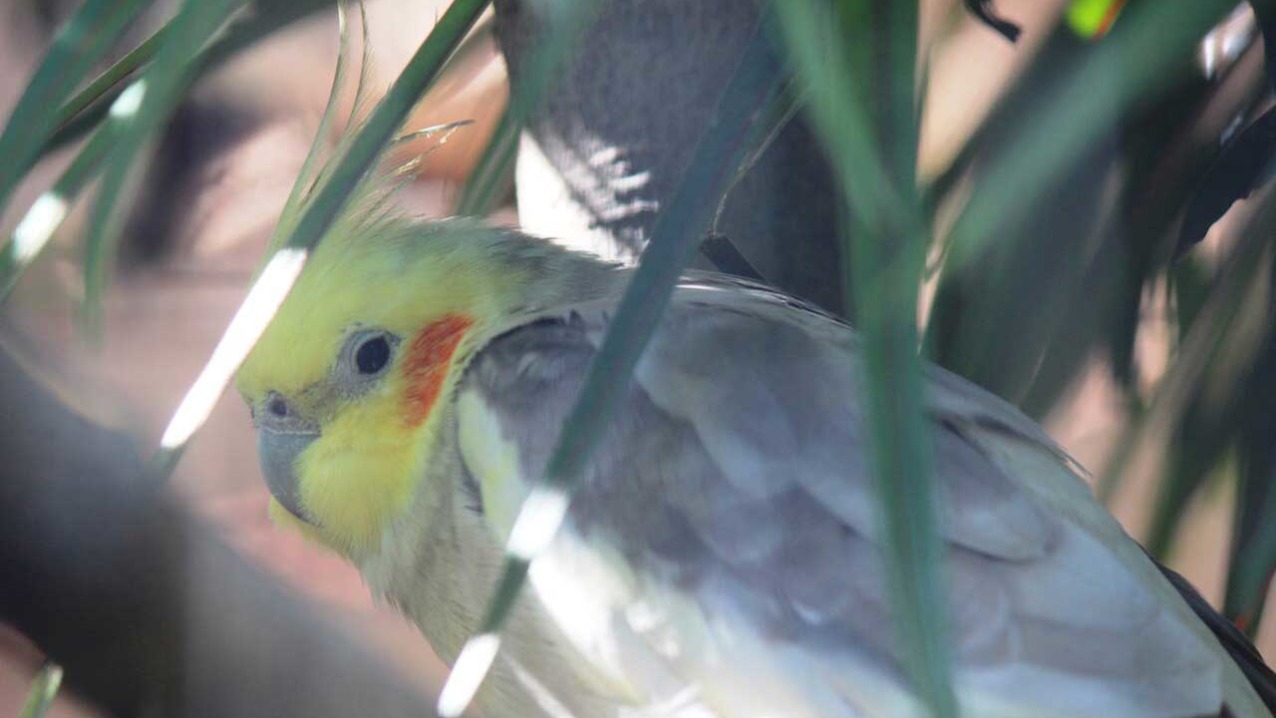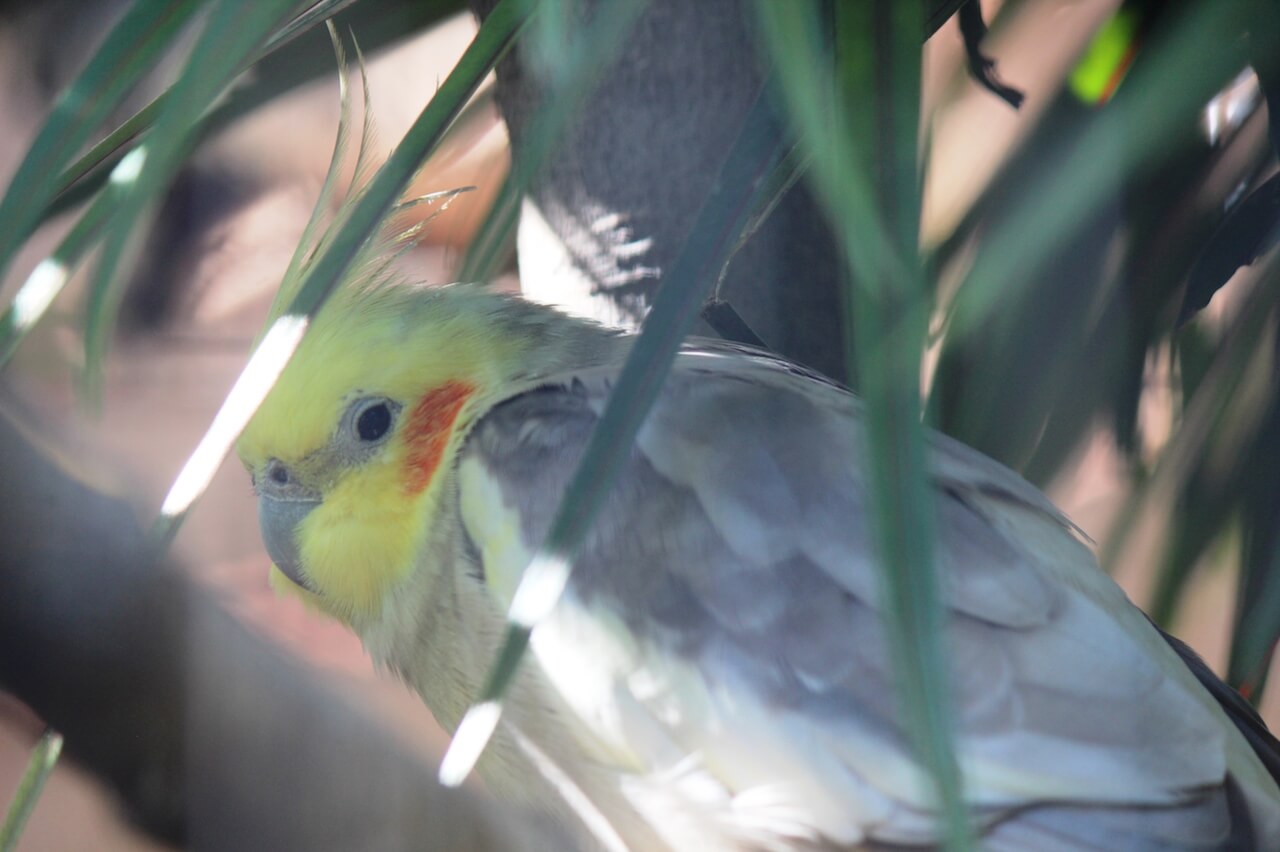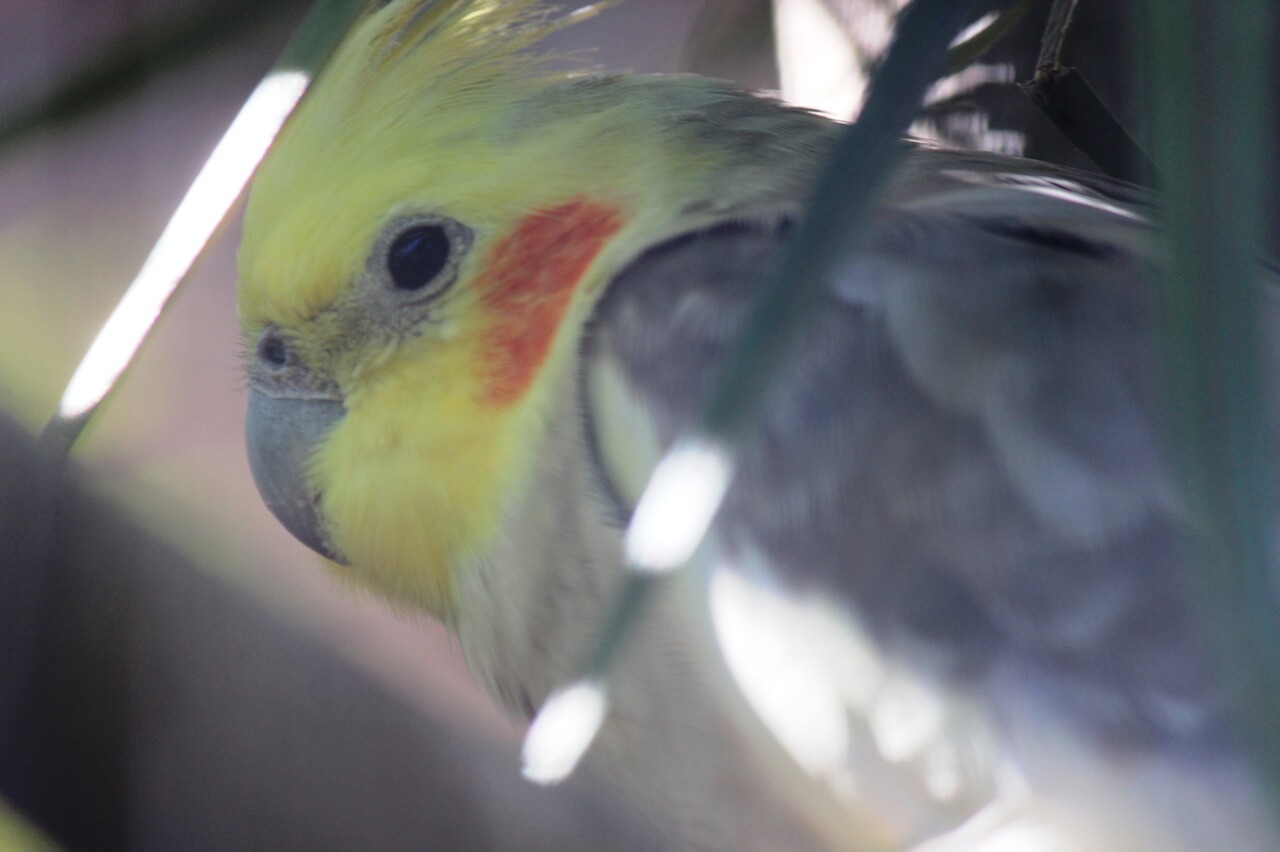nymphicus hollandicus
Cockatiel
About Me
Scientific Name: Nymphicus hollandicus
Description
Cockatiels travel in small flocks and sometimes as pairs. They are swift and erratic flyers. They are usually seen on the ground or outermost branches of a tree or shrub. In the north, they congregate in large flocks consisting of up to several hundred birds. The Cockatiels strangest habit is perching lengthwise along a stout limb of a dead tree.
Fun Facts
- Cockatiels are relatively vocal birds, the calls of the male being more varied than that of the female. Cockatiels can also be taught to sing specific melodies. Much like parrots, but not quite to that extent, Cockatiels can be taught to repeat words spoken by human owners.
- Kingdom: Animalia
- Phylum: Chordata
- Class: Aves
- Order: Psittaciformes
The Cockatiel’s physical characteristics differ between male and female, however, they share some similarity in measurements. The length of the body is 11.5-13.5 inches and they weight approximately 2.8-3.5 ounces. The general body color of a male is gray with colorful markings. The Cockatiels forehead, sides of the head, and narrow tapering crest are yellow with orange spots below the brown eyes. There is a large white patch on each shoulder, and white extending across the wing coverts. The undersides of the tail is dark gray almost black, and the legs are gray. The female is usually duller in facial markings and undersides of tail. Their feathers are irregularly barred with yellow and the forehead and face is brown. Juveniles resemble the female.
Cockatiels live in dry regions of open woodlands and wooded savannas. This species is widely distributed throughout the interior of Australia, however, they also extend to the north and south coasts of Australia generally west of the Dividing Range. They are nomadic in the north responding to the availability of food and water, and migrate seasonally in the south due to temperature changes.
Cockatiels travel in small flocks and sometimes as pairs. They are swift and erratic flyers. They are usually seen on the ground or outermost branches of a tree or shrub. In the north, they congregate in large flocks consisting of up to several hundred birds. Throughout the day these birds undertake long flights from roosts to feeding grounds or water. The Cockatiels strangest habit is perching lengthwise along a stout limb of a dead tree. This habit is baffling to all who study Cockatiels.
Cockatiels eat a variety of foods. They mainly eat seeds, fruits, berries, plants, and insects. They are known to raid crops and always forage on the ground, especially for seeds.
Breeding is variable and dependent on rain. The Cockatiel breeding season usually last from August to December, although breeding can occur anytime of the year after rainfall.
Nests are usually found in hollow limbs or tree holes, preferably in large hollow eucalyptus near water. Decayed wood dust lines the inside and bottom of the nest hole. A Cockatiel lays from four to seven white rounded eggs. Egg laying occurs every other day.
There average egg size is 26×20 mm. Incubation begins after the second egg is lain and sometimes after the first egg. Incubation last twenty-three days and both parents brood.
The young leave the nest approximately four weeks after hatching. At six months the young males acquire the bright yellow facial markings. Their barred tails are retained until their first complete molt. They reach sexual maturity at eight to ten months.
Wild Population: Cockatiels are common in the wild and have been domesticated for the pet trade. In the wild, Cockatiels are known to be pests because of the large flocks that feed on crops.
Birds in Australia High Country, Frith, H.J., Australia 1969.
A Field Guide To Australian Birds, Peter, Slater, Wynnewood, Pennsylvania, 1970.
The Wonder of Birds, National Geographic, Washington DC, 1983.
The Birds Around Us, Peterson, Roger Tory, San Francisco, Ca., 1986.
Cockatiels, Wolter, Annette, West Germany, 1991.
Other Birds
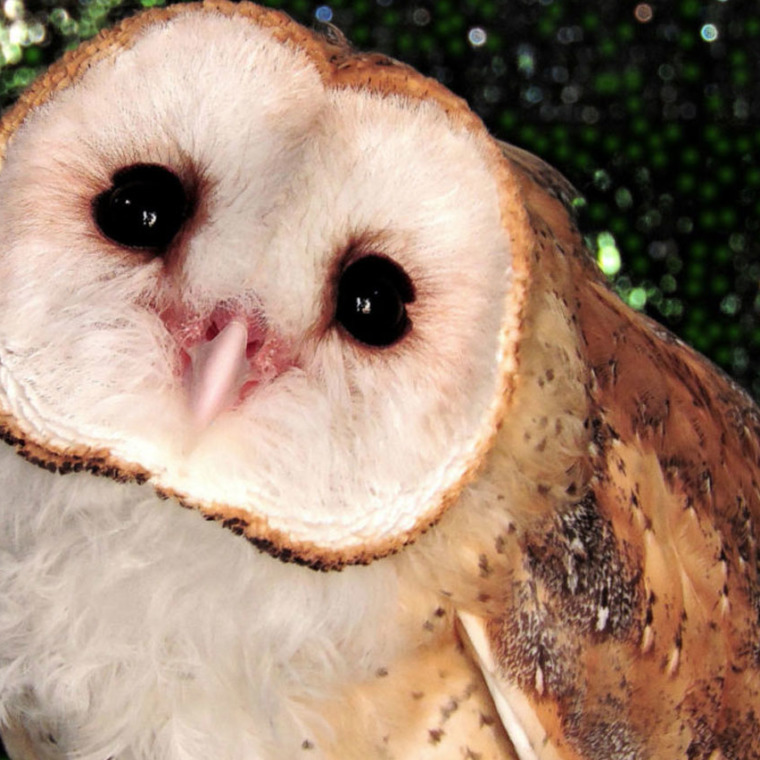
Barn Owls are found throughout the globe, in Europe, Africa, Asia, Austrailia, and the Americas
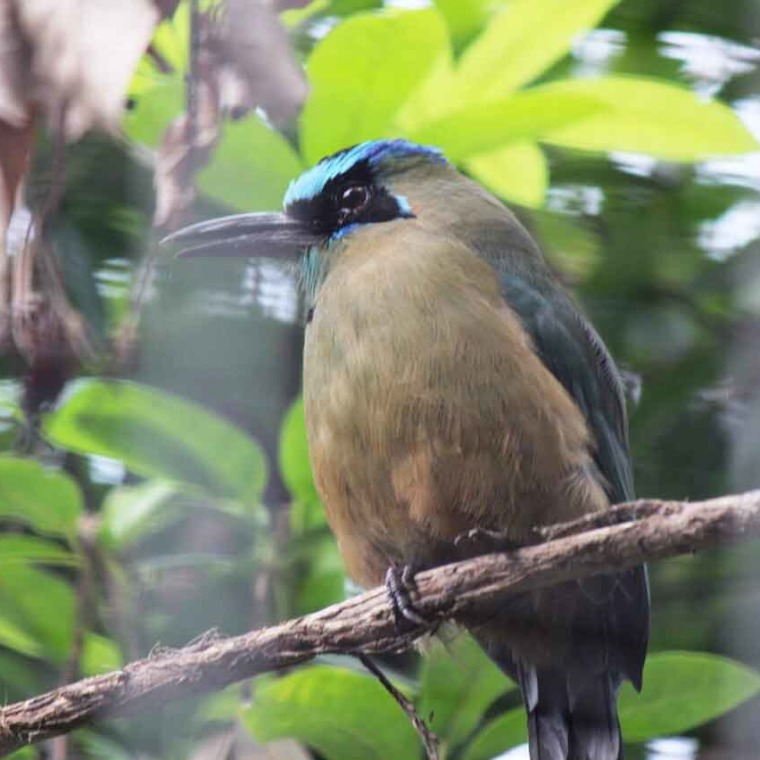
This animal can grow over a foot in length! Motmots possess a serrated beak and red eyes, with a black mask that encircles their heads.
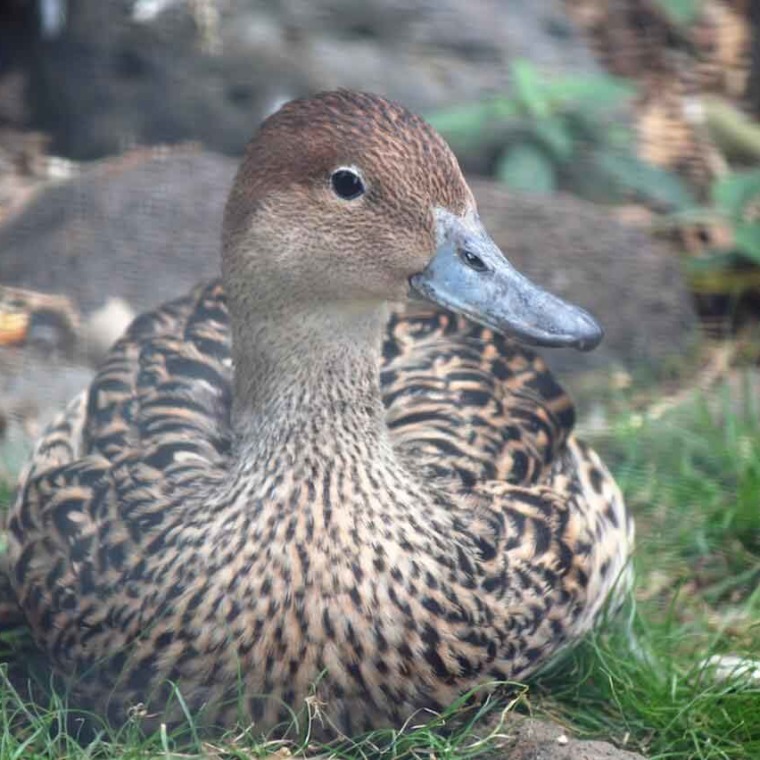
Koloa maoli are very secretive and difficult to observe except in protected areas such as Hanalei National Wildlife Refuge on Kauai.
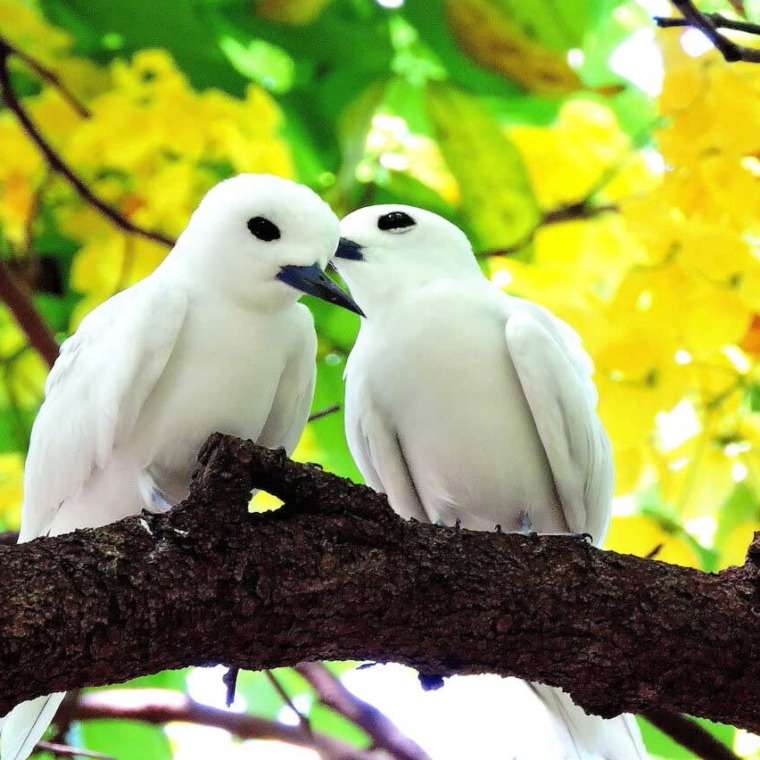
This bird is found primarily on islands, and has a wide ranger across the equatorial band of every ocean on Earth, save for the Arctic Ocean, which does not cross the equator.
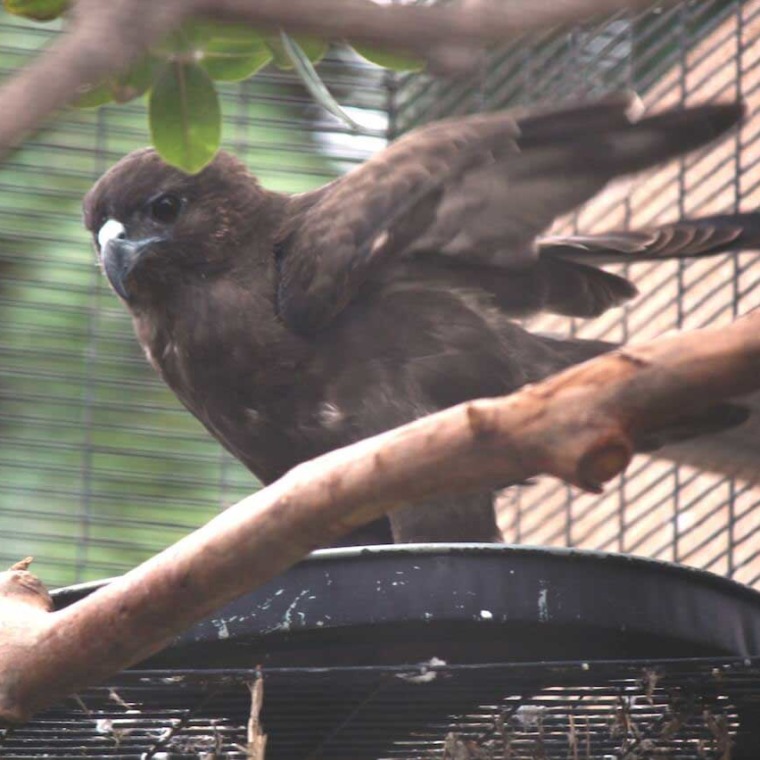
’Io prefer to hunt from tall perches that they use to survey their prey; however, they are known to dive at targets from mid-flight if the opportunity presents itself. are territorial and come together only to breed.


